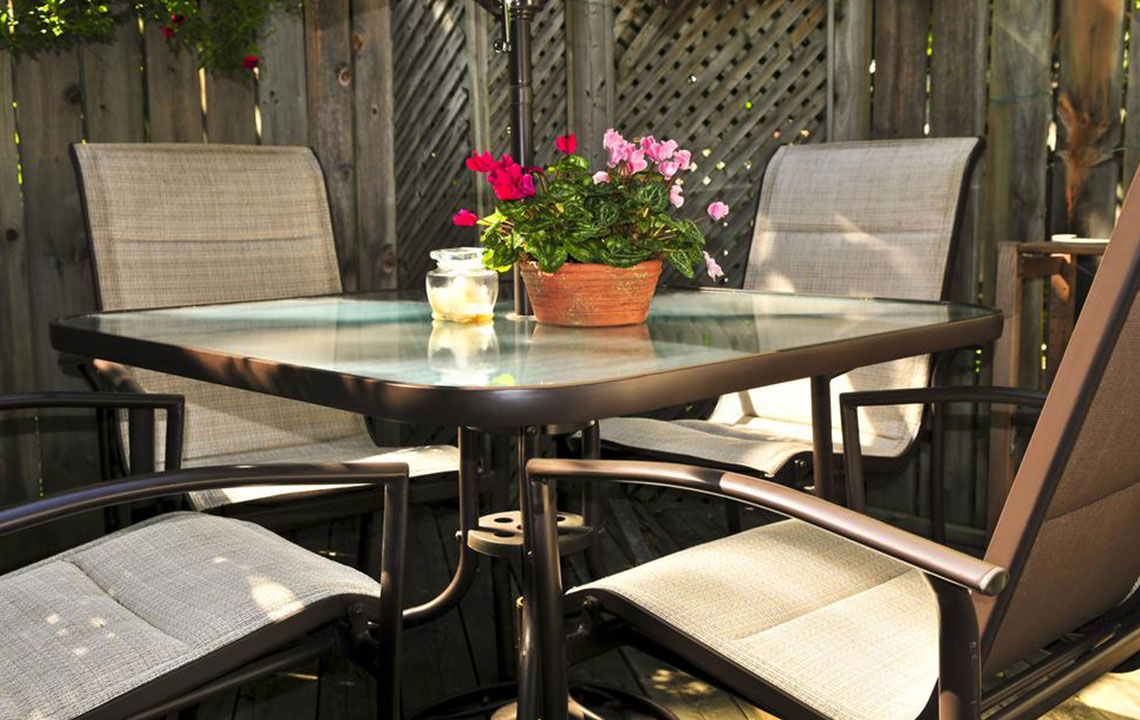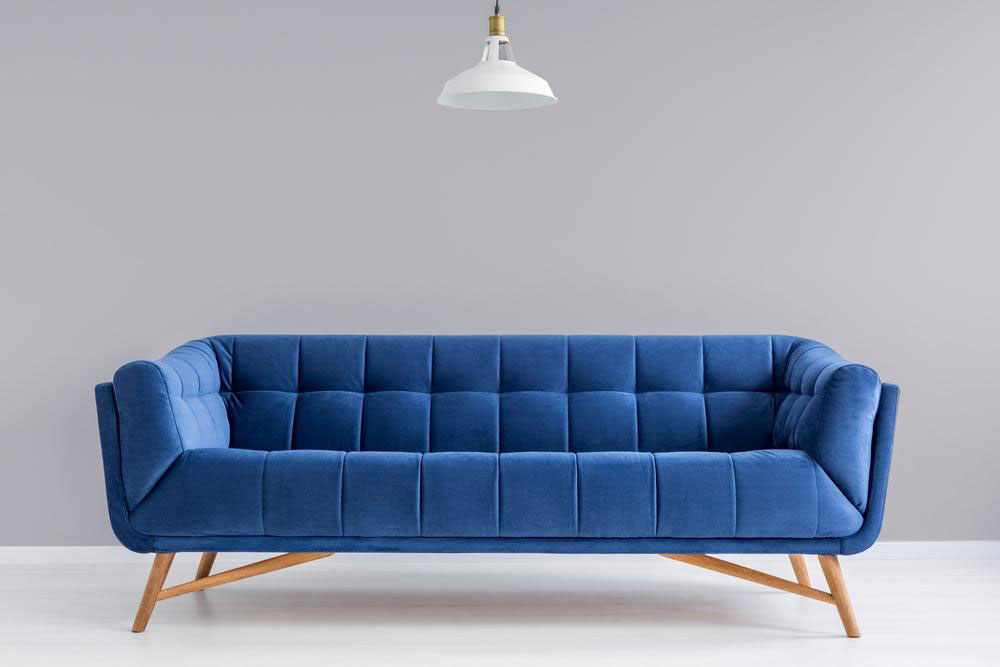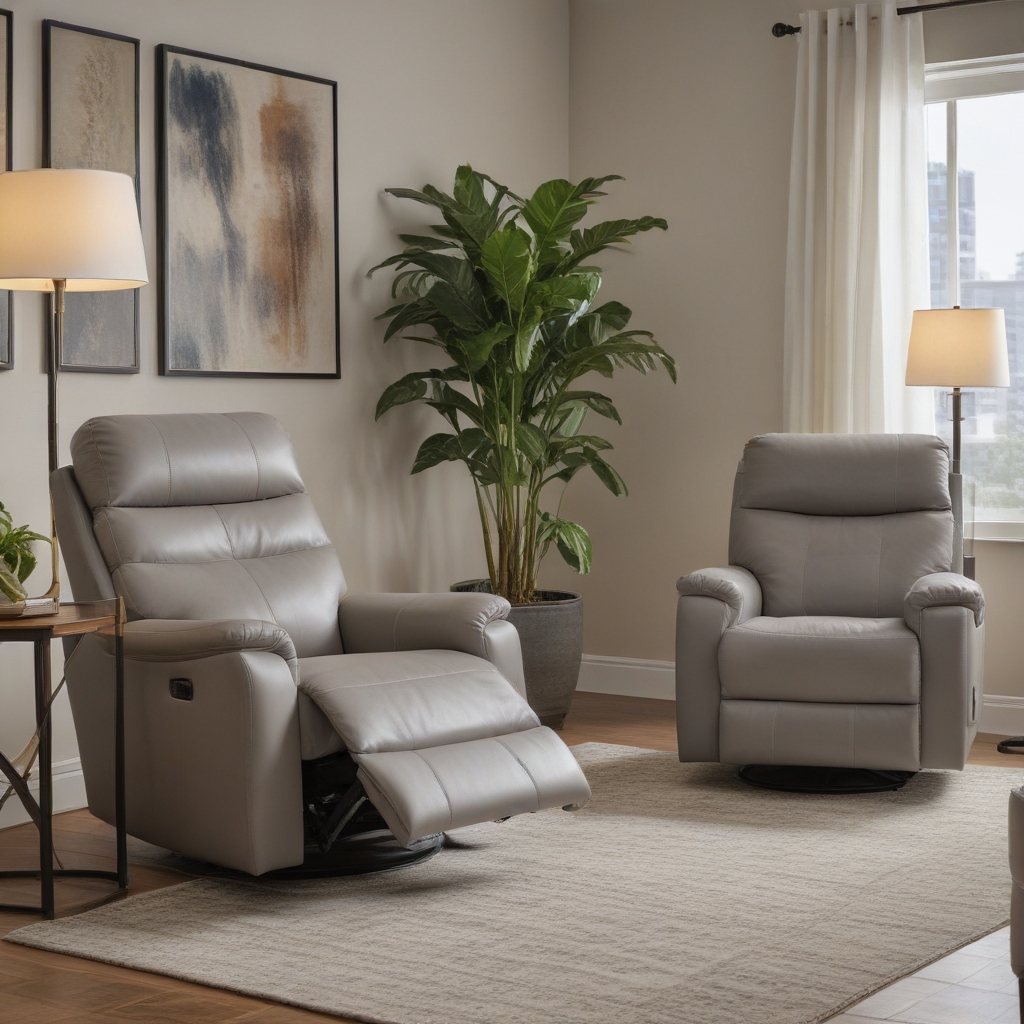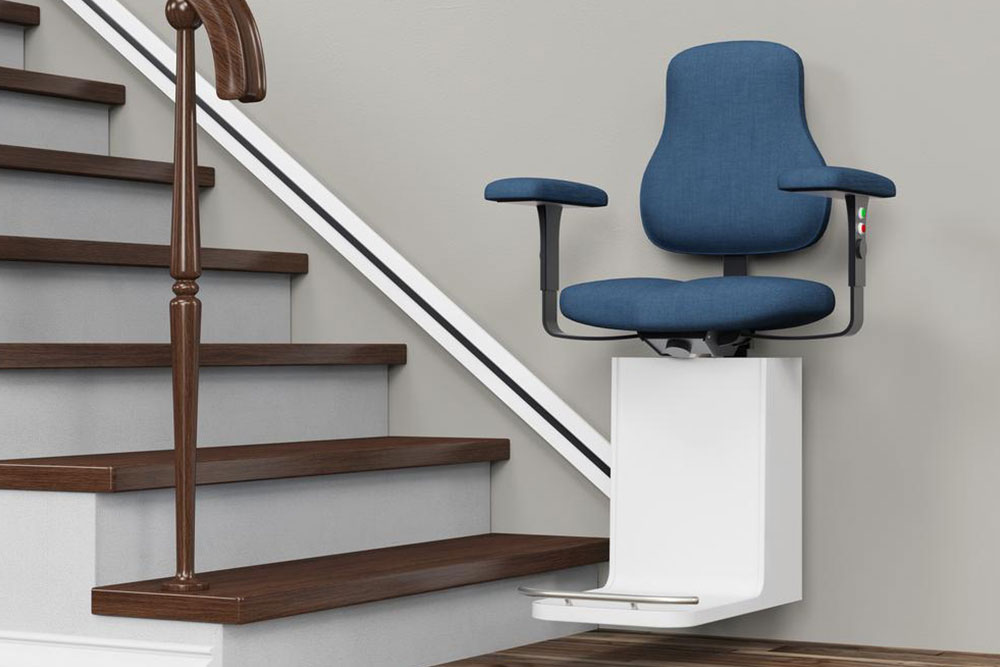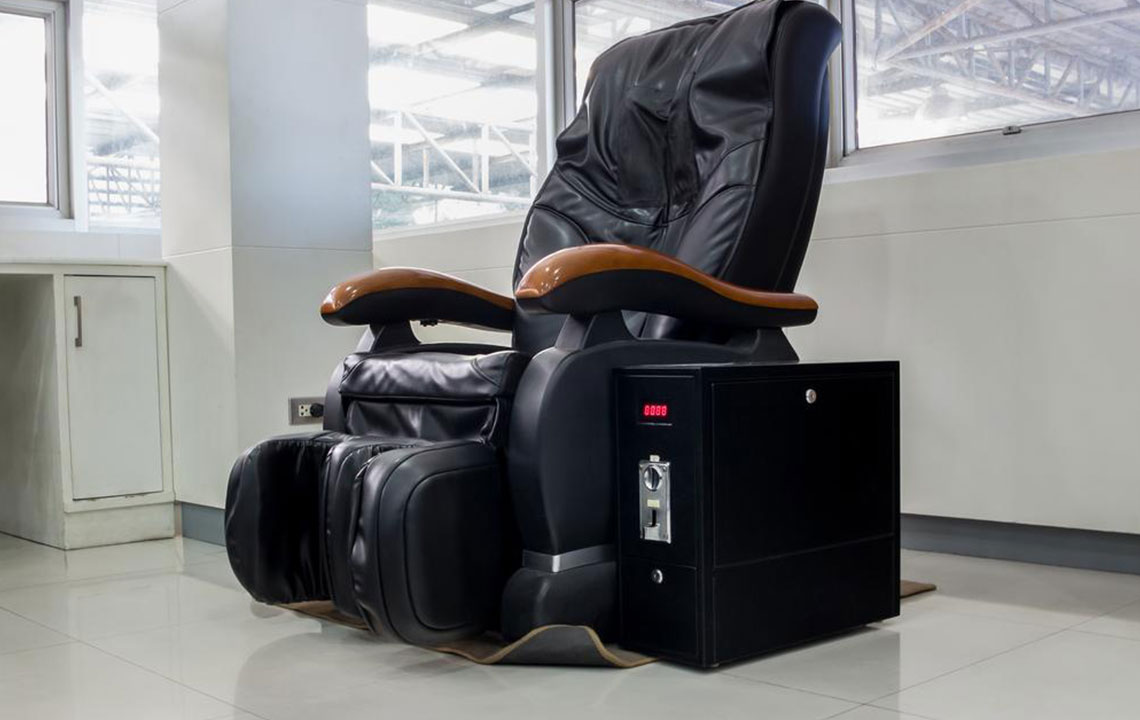Effective Guide to Troubleshooting Your Recliner Chair
Learn simple yet effective methods to troubleshoot and maintain your recliner chair. This guide covers inspection, adjustments, and when to seek professional help, ensuring your furniture remains comfortable and functional. Proper maintenance can prevent costly repairs and extend the lifespan of your recliner. Follow these tips to keep your recliner in optimal condition, address common issues like noises and loose parts, and understand warranty policies for a worry-free experience.
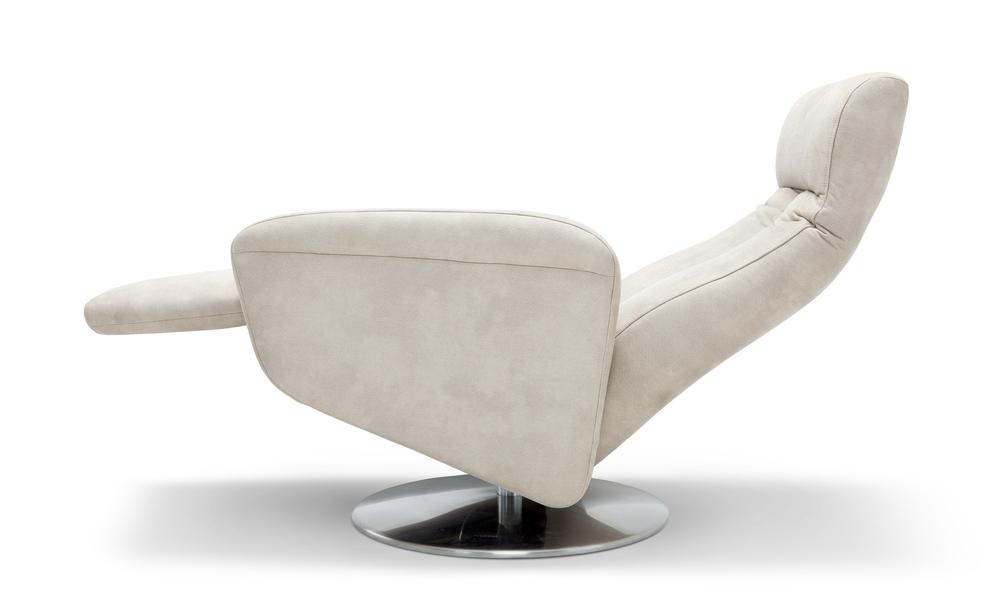
Effective Guide to Troubleshooting Your Recliner Chair
Recliner chairs come in various models, from electrically operated to manual versions. While testing their mechanisms can help identify issues, problems often stem from wear and tear or maintenance lapses. Fortunately, many common problems can be fixed with simple troubleshooting steps. Proper care and understanding of your recliner’s features can extend its lifespan and ensure optimal comfort. Below are essential tips to help you troubleshoot and maintain your recliner effectively.
Regular Maintenance
Maintaining your recliner is key to longevity. Avoid sudden movements when sitting, and do not over-recline repeatedly. Follow the weight limits specified in the manual to prevent damage. Dust the underside regularly and lubricate moving parts to ensure smooth operation, reducing wear and tear.
Observe any unusual noises during operation, which may indicate mechanical issues. Carefully inspect the recliner’s components, such as mounting plates, pull cords, and screws. Look for damage like scratches or loose parts, and gently realign or tighten components using appropriate tools. Moving the recliner from its base carefully helps prevent further damage during adjustments.
Some recliners feature tension adjustments, typically via nuts on either side. Tightening or loosening these nuts can correct issues like excessive ease in reclining or instability. Always ensure the recliner is placed with adequate space—at least 5-12 inches from the wall and 24 inches in front—to avoid operational issues with the backrest and footrest.
If problems persist beyond basic troubleshooting, contacting the manufacturer is advisable. Avoid over-intervening to prevent further harm. Check for manufacturer tags or visit official websites for guidance. Many sites offer troubleshooting tips, replacement parts, and warranty information. Be aware of warranty coverage, as some damages may not be covered and could incur costs. Understanding your warranty before buying ensures smooth after-sales service and repairs.

